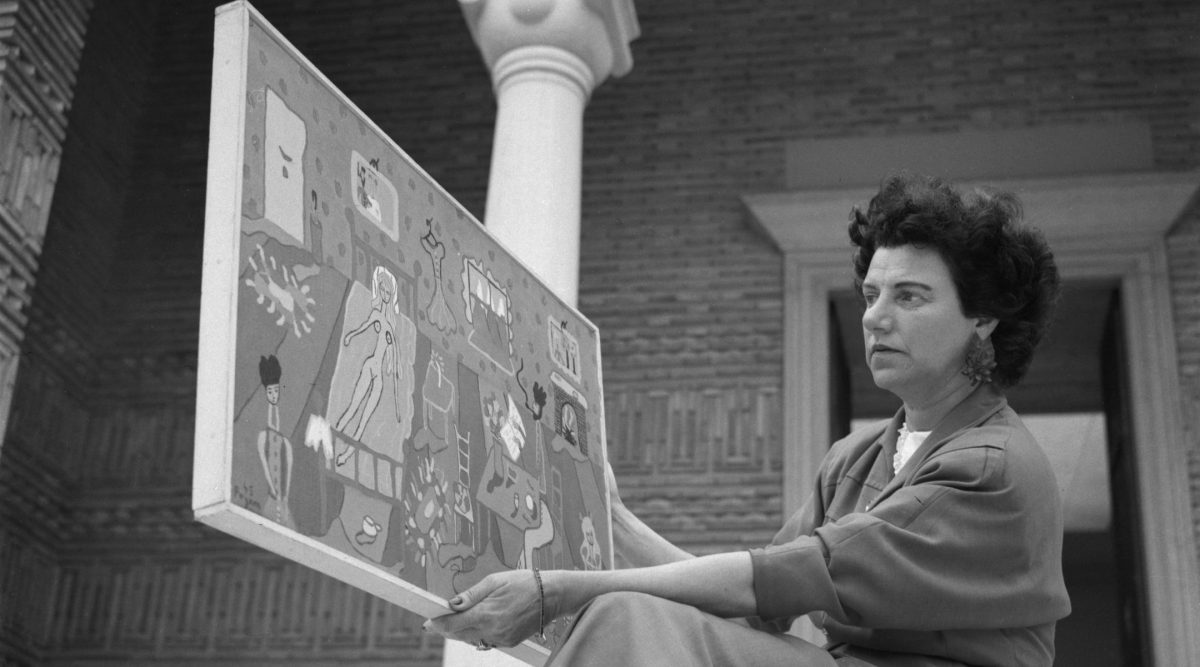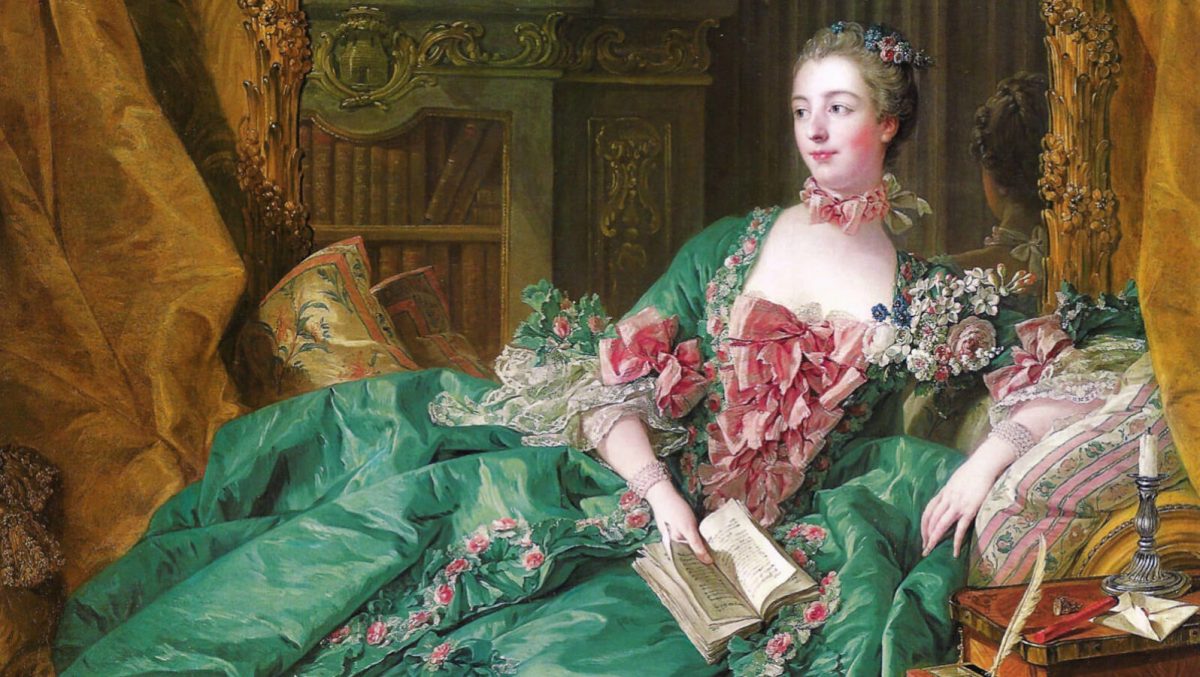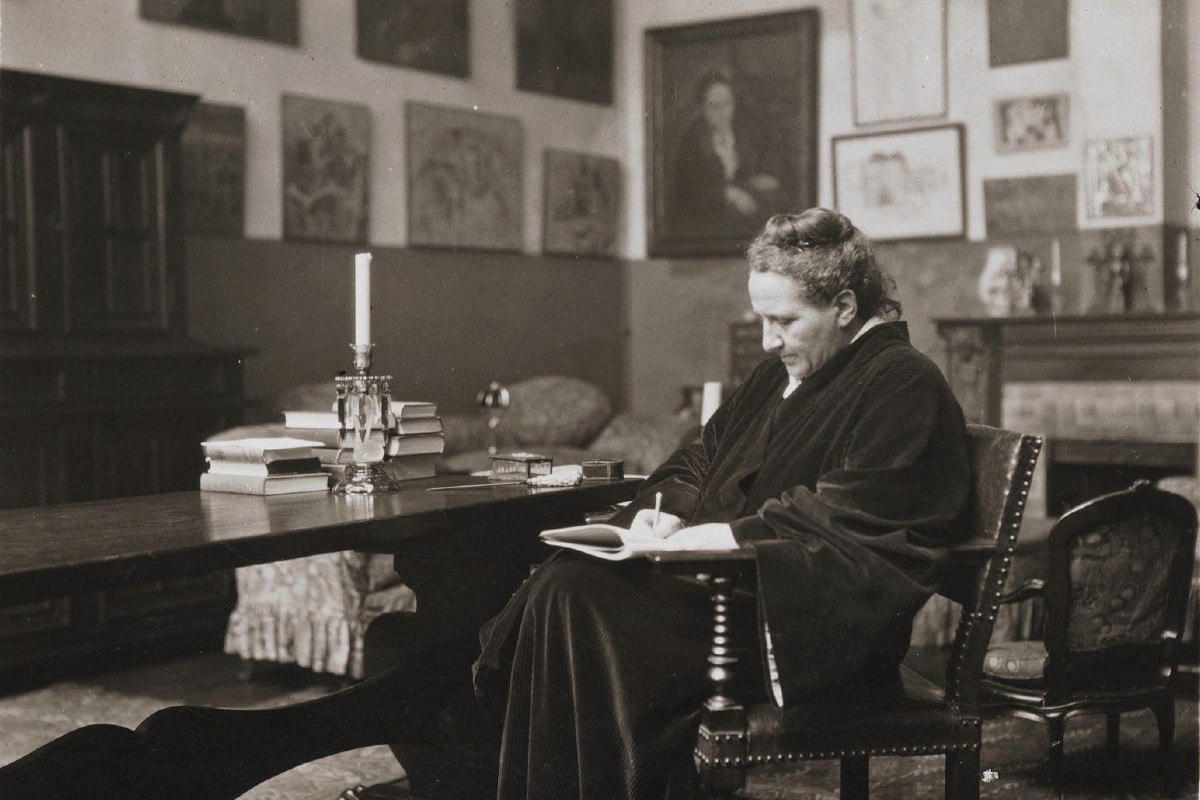The International Women’s Day in the art world is an occasion to acknowledge the achievements of women all over the world. In the art field, women didn’t always have the due recognition. That’s why in modern times it’s fundamental to realign the gendered narration in art history, as well as validate female patronage in art history.
Women’s great collections
Despite the attempts to build a chronicle of art that is deeply masculine, times changed, and perspectives also. It’s impossible today not to highlight the enormous impact women artists, critics, and collectors had in shaping the modern approach to art.

In particular, women played a pivotal role also in establishing and nurturing some of the greatest collections in the world. Indeed, their irrefutable contribution allows us today to access some of the most remarkable artworks of all time. Above all, the evidence of women’s advocacy in art is clear through the history of Anne of Denmark, Helen Clay Frick, Catherine de’ Medici, and Peggy Guggenheim.
Female Patronage in Art History
Art patronage surely connects the idea of aesthetic pleasure with the concept of power. In particular, it’s not by chance that the first great collectors were Emperors and Royals. However unheard, the contribution of female patronage in art is massive. Remarkable examples date back in ancient times, starting with the Empress of Rome Livia Drusilla.
Livia Drusilla and Madame de Pompadour
As the art historian Diana E. E. Kleiner writes in her Cleopatra and Rome:
“The Empress looked to statuary to present her persona in Rome and the empire. She relieved sculpture to describe her relationship with other members of the imperial family. She used coins to advertise the emperor’s policies. Gems articulated that same vision for a more selective audience”
Diana E. E. Kleiner

Also, Jeanne Antoinette Poisson, better known as Madame de Pompadour, played a key role in commissioning and collecting art by the finest artists of her time. French writers Jules and Edmond de Goncourt called her the “godmother of the rococo”. Her impact on art is consistent despite her controversial role as King Louis XV’s mistress.
Gertrude Stein and Peggy Guggenheim
A more recent example of female patronage in art is that of Gertrude Stein. The American writer hosted the avant-garde art world at her Paris salons. Also, the founder of the Downtown Gallery in New York was a woman: Edith Halpert. Russian, she moved with her family at a young age to America, developing soon a peculiar appreciation for art. Probably due to the historical background she carried (her family was Russian-Jewish immigrant), she used exhibitions as political platforms.

Peggy Guggenheim, on the other side, still is a central figure in the modern art movement. Guggenheim transformed a modest fortune in one of the greatest collections of 20th-century art.
Being on both sides of art fruition, as a collector and as an artist, she surrounded herself of such figures as Samuel Beckett, Max Ernst, Jackson Pollock, Alexander Calder, Marcel Duchamp.
Her collection, one of the most important in modern art, is now enshrined in her Venetian palazzo.